1939 Alfa Romeo 6C 2500 Sport Berlinetta
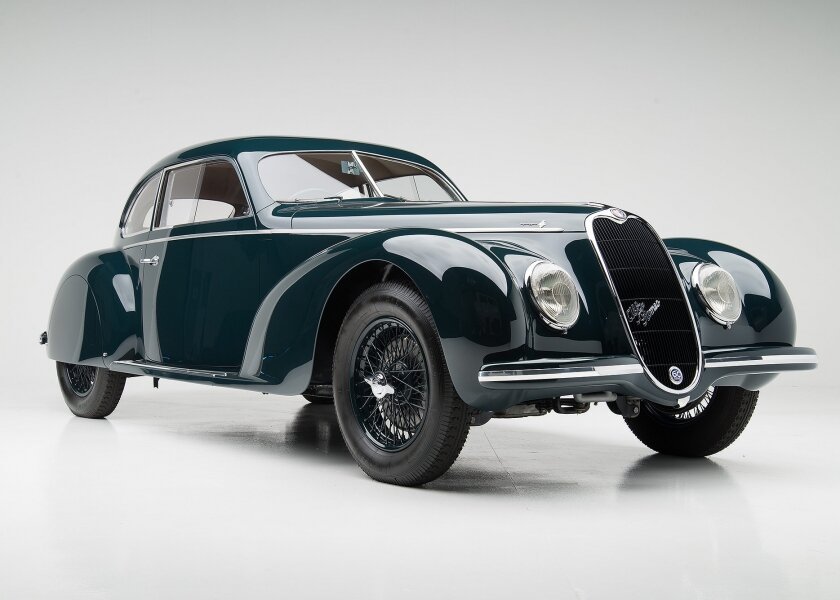
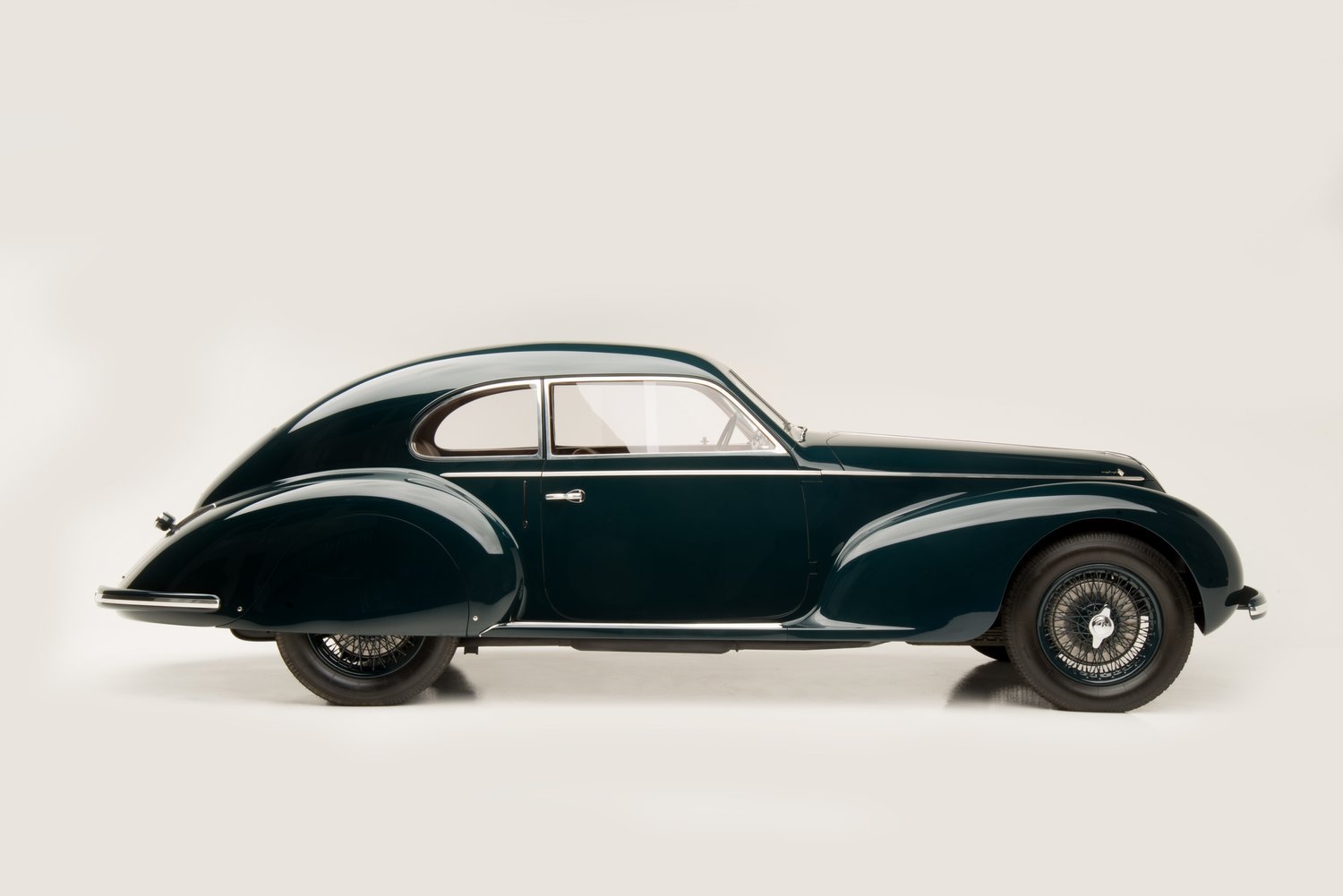
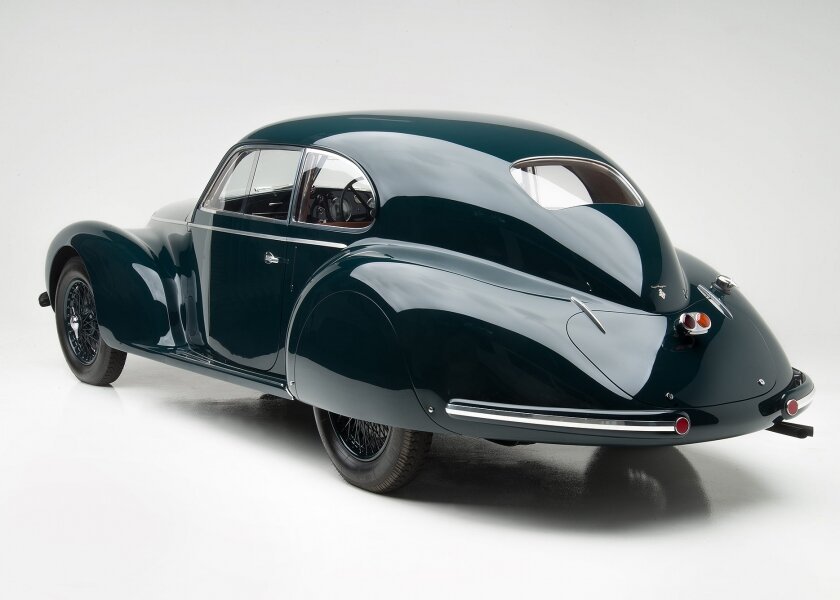
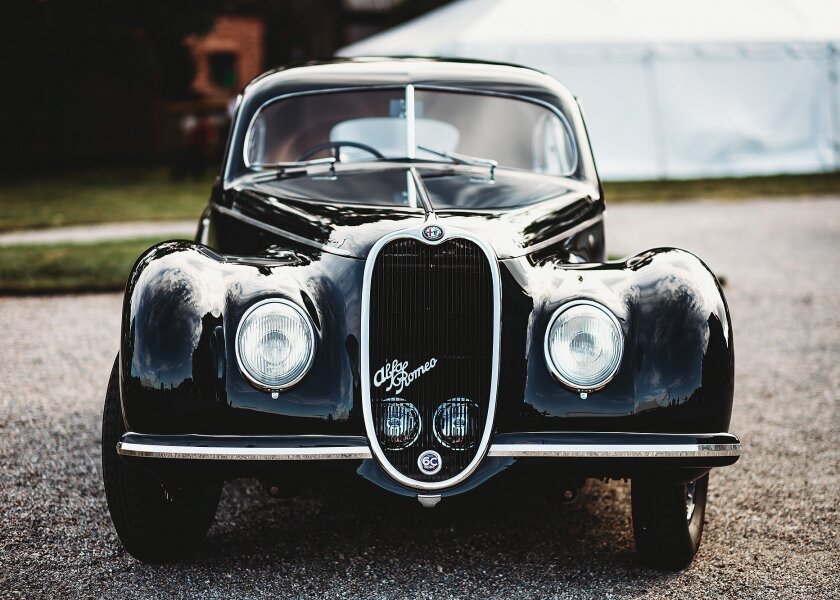
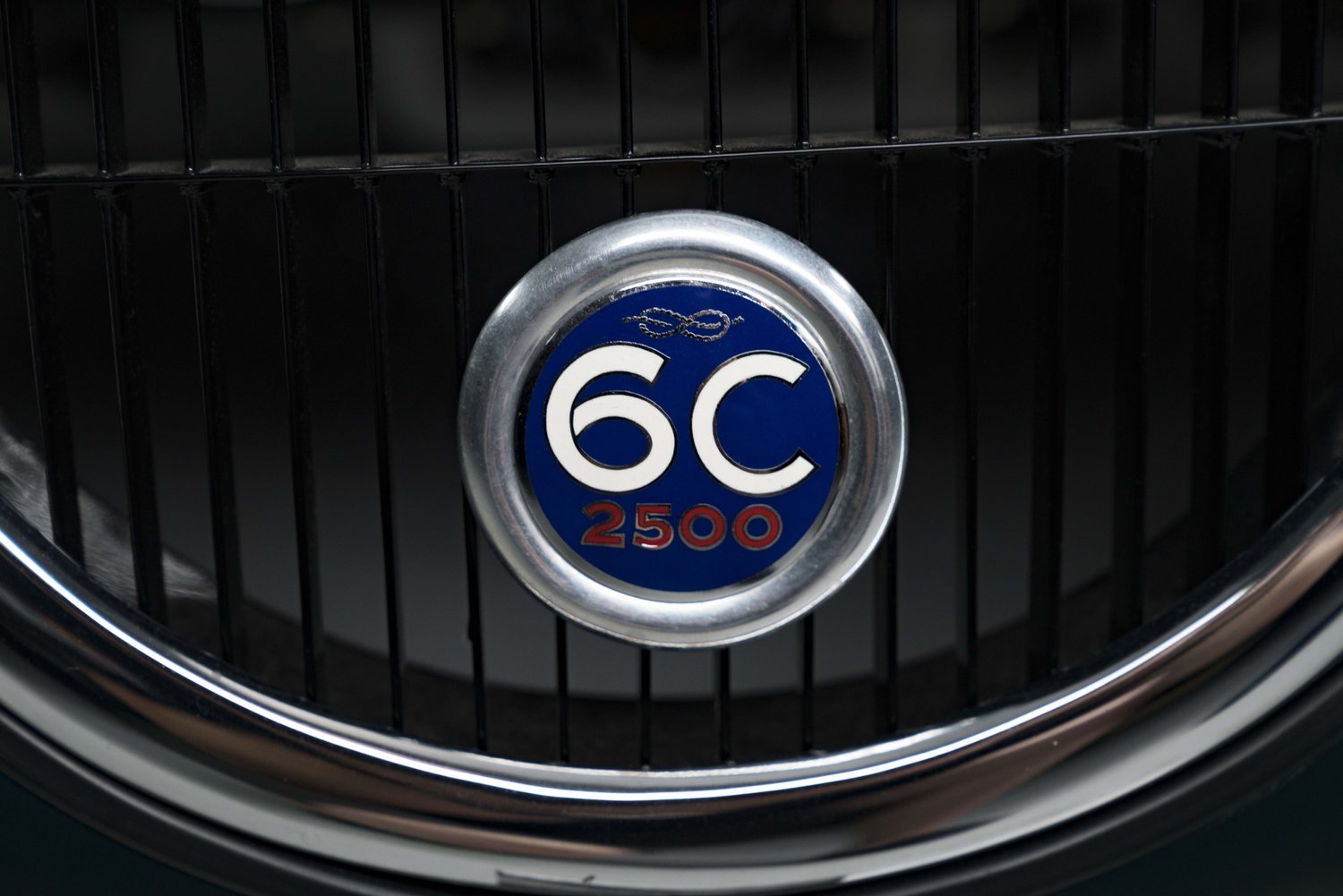
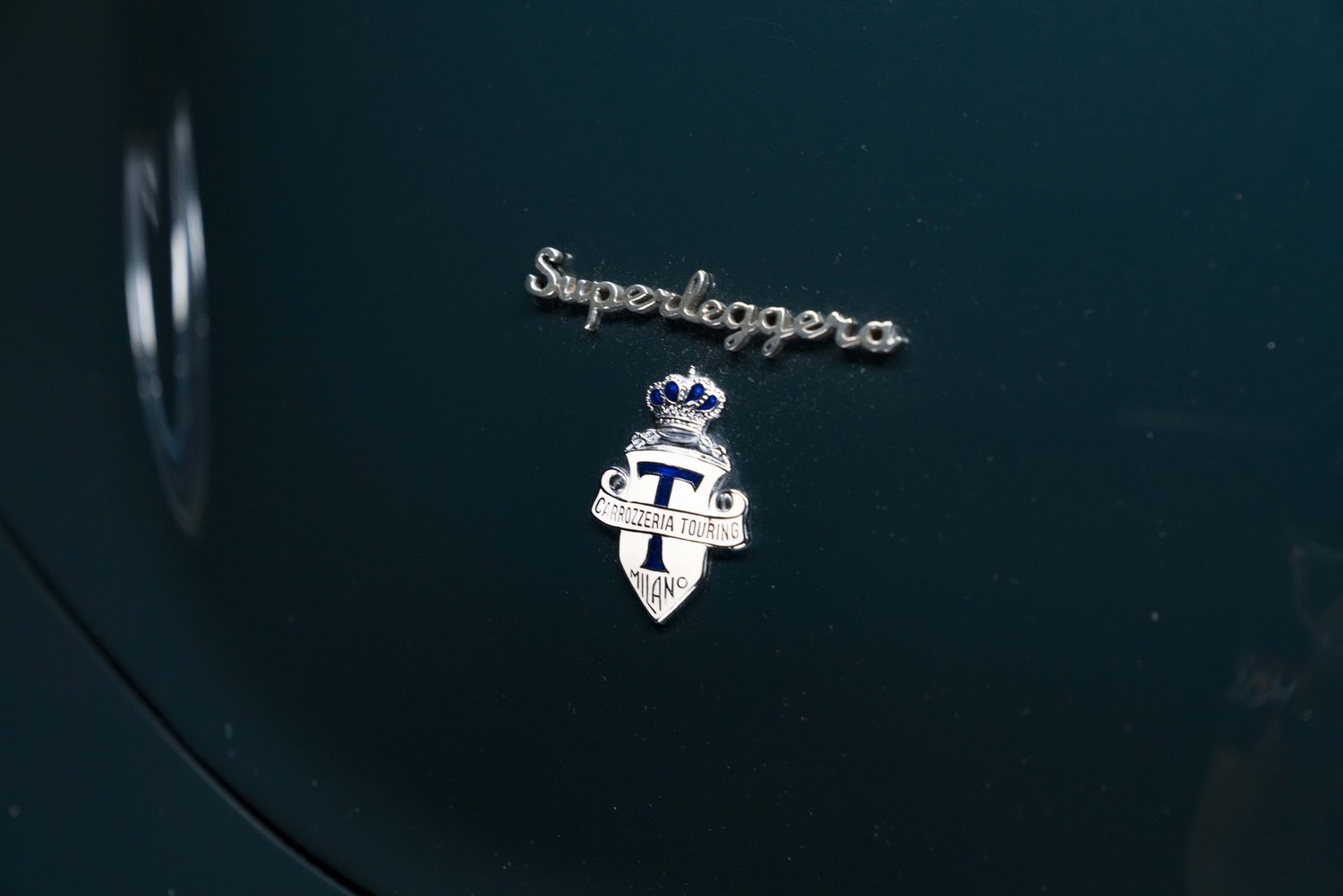
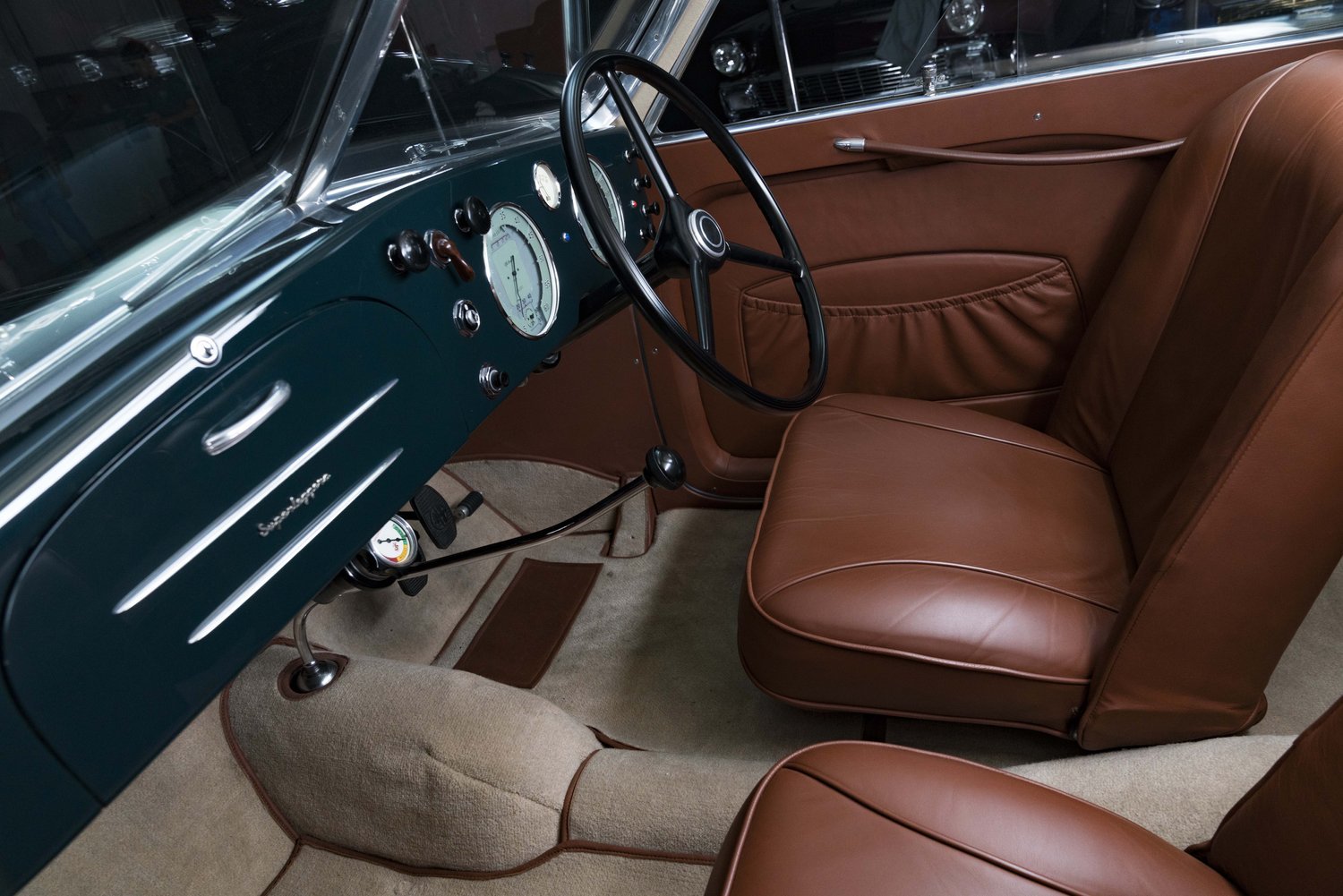
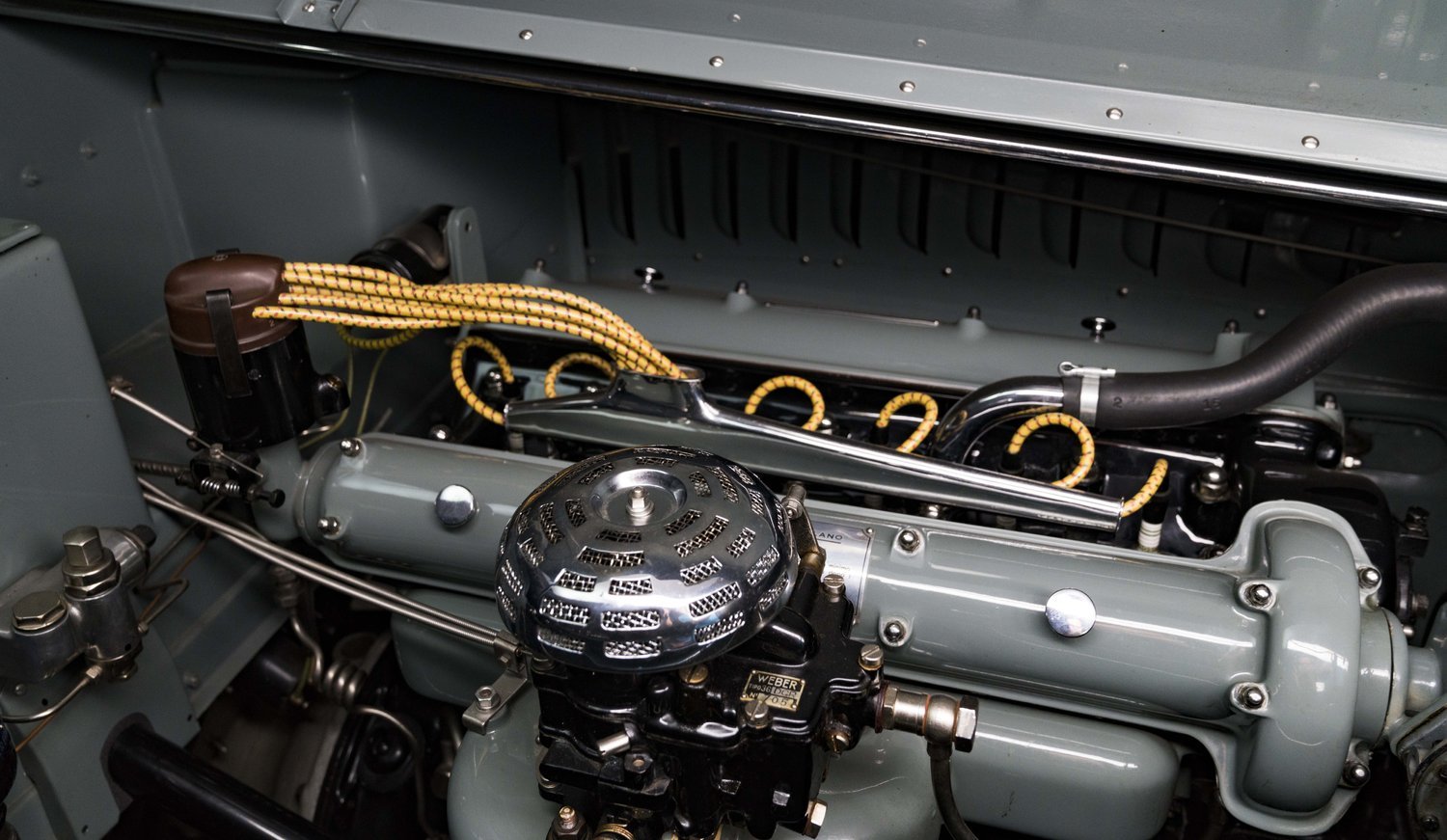
One of Italy’s greatest 1930s grand touring cars, second to none in performance.
Art Deco influenced styling.
Superleggera alloy body by Carrozzeria Touring of Milan.
This car, the car used in the Audrain Museum’s logo, is driven often and has been seen numerous times, more recently our 27th exhibition Early Landmarks in Automotive Engineering, 1886-1939. It is one of only 13 of this variety that were custom-built by Carrozzeria Touring using their Superleggera coachwork.
Milan-based Alfa Romeo has been called the Ferrari of the 1920’s and 1930’s. In fact, Enzo Ferrari raced for Alfa as a young man before founding his namesake manufacturer. With thousands of full-time artisans, mechanics and administrators dedicated to the construction of only a few cars, these supercars represented the height of artistic, automotive, and technological prowess.
The 6C Alfas reflected the overall responsibility of engineer Vittorio Jano, who continually tested, evaluated, and improved their performance until they met his highest standards.
The 6C was the last and fastest of Alfa’s famous six-cylinder cars, capable of reaching speeds of 100 miles per hour thanks to the lighter body, increased engine capacity, and improved fuel feed. The 6C is perhaps the greatest design of the period and the one that would ultimately cause Alfa Romeo’s reputation to soar. When it debuted at the Milan Auto Show in 1925, the car would set new standards in many categories. Production of the 2500 began in 1939. Just 13 examples would boast of coachwork manufactured by Carrozzeria Touring of Milan.
The 6C demonstrated Italy’s technology and competitiveness on Europe’s racing circuits.
Always on the cutting edge of new automobile technology, Alfa pioneered one of the first electronic fuel injection systems and was the first to use a double overhead cam in a road car. Alfa Romeo was one of the first manufacturers in history to produce their automobile bodies in exotic and custom-crafted "Superleggera," or super light bodies, drawing attention to the company’s focus on performance and exquisite coachwork, and was nearly unbeatable on the track.
Debuting at the 1925 Milan Auto Show, the 6C 1500 set new standards for lightweight, high-performance road cars. The 6C 2500 was originally designed by Vittorio Jano and was reengineered by Bruno Treviso to have a 2443cc displacement, improved cylinder head, and a 7:1 compression ratio. Unfortunately, the company fell into financial trouble, was scaled down, and eventually absorbed by Fiat.
This car had extensive restoration work from 1994 to 1998, including an engine rebuild, as the original was spent or lost over time. It was first imported into the United States by Earl Potter, of Chicago, IL in 1962. It was later purchased by Mr. John Jumer of Elkhorn, WI, and Chicago in 1965. In 1990, the Alfa was acquired by Charlie Morse and Malcolm Harris, a world-renowned Alfa Romeo expert, who commissioned a restoration carried out by a number of Seattle-area craftsmen beginning in 1994, and it was finished just before the 1998 Pebble Beach Concours d'Elegance. Mr. Harris was personally involved with the disassembly and reassembly work, and over 1,500 of his own hours were invested in this masterpiece. So intensive was the body-off restoration that the chassis was completely disassembled, and every piece was refurbished to Concours quality. The results of the restoration were recognized with a Second in Class Award as well as the Most Elegant Closed Car Award at the 1998 Pebble Beach Concours d'Elegance.
Specifications:
Engine: 2.5 L inline 6-cylinder
Transmission: 4-speed manual
Horsepower: 95 @ 4600 rpm
Top Speed: 96 mph
Weight: 3800 lbs

